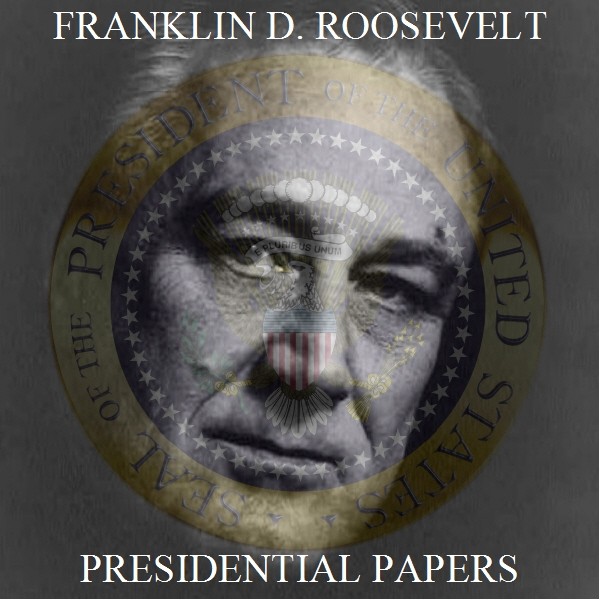
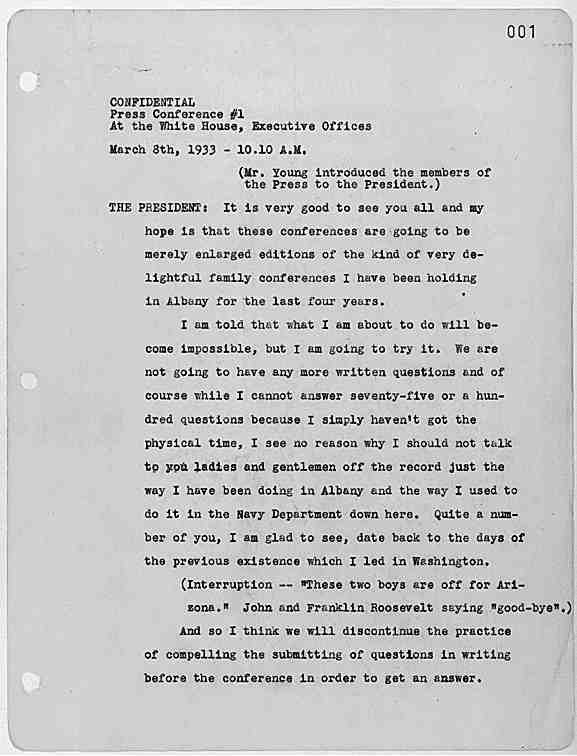
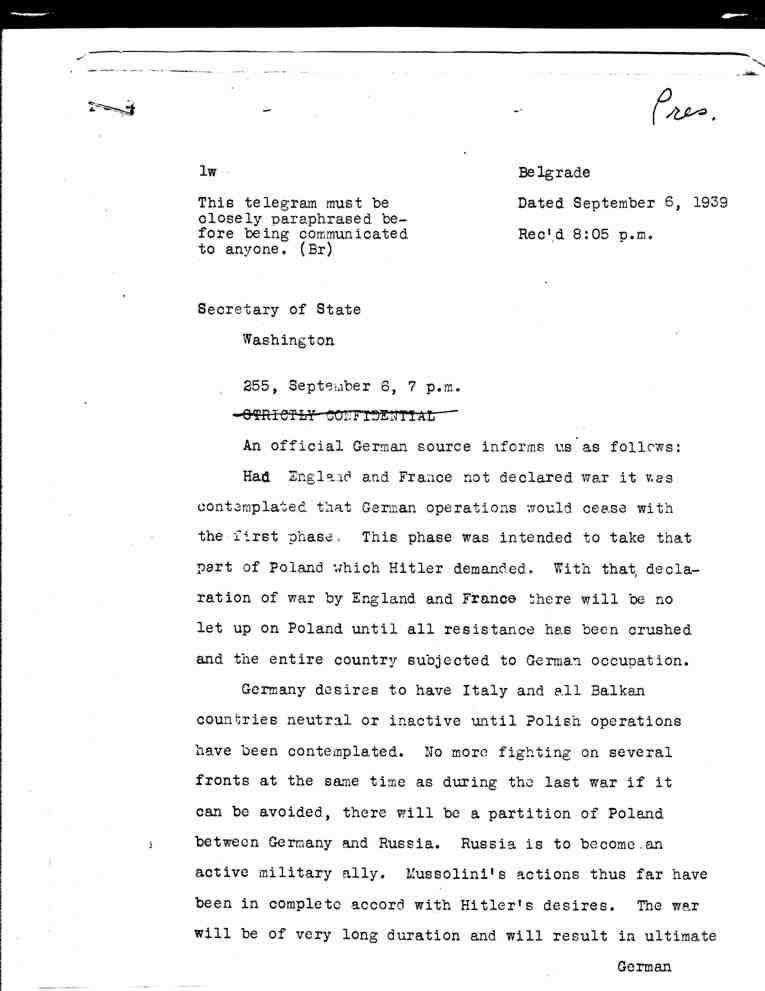
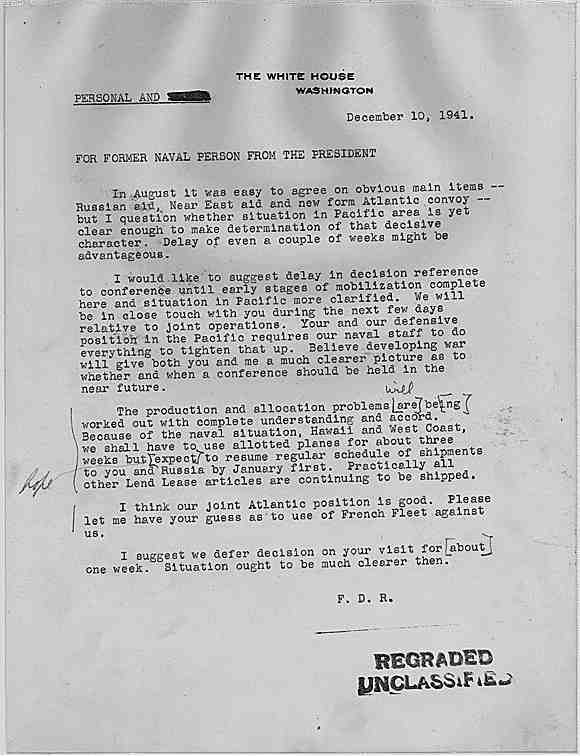
Description
FDR: A Timeline of Key Events and Figures (1882-1945)
Detailed Timeline of Main Events (1882-1945)
This timeline is based on the highlights and descriptions provided in the “Franklin D. Roosevelt Presidential Papers – Download” source. It focuses on key moments in FDR’s life and presidency, particularly those highlighted in the collection’s descriptions.
- January 20, 1882: Franklin D. Roosevelt is born.
- 1896: FDR, as a student at Groton School, writes a letter to his parents.
- July 3, 1933: FDR issues his “Bombshell Memorandum” to the London Economic Conference, denouncing currency stabilization and rejecting an agreement with Britain and France.
- January 1934: Henry Morgenthau Jr. becomes President Roosevelt’s Secretary of the Treasury.
- 1934-1936: Key documents, letters, reports, and speeches are generated concerning the enactment of the Social Security Act.
- August 14, 1935: President Roosevelt issues a statement upon signing the Social Security Bill.
- November 15, 1938: FDR drafts a statement on Kristallnacht, the “Night of Broken Glass” persecutions of Jews in Nazi Germany.
- August 2, 1939: Albert Einstein writes a letter to FDR regarding the possibility of Germany developing nuclear weapons.
- September 1, 1939: Germany invades Poland. FDR makes a handwritten bedside note regarding this event.
- September 3, 1939: Britain declares war against Germany. Winston Churchill becomes First Lord of the Admiralty. The first correspondence between FDR and Churchill in this collection is dated September 11, 1939.
- January 6, 1941: FDR delivers his Annual Message to Congress, known as the “Four Freedoms Speech.”
- January 21, 1941: FDR writes to US Ambassador to Japan Joseph C. Grew, expressing his belief in a “single world conflict” encompassing Europe and the Pacific.
- April 4, 1941: Treasury official Harry Dexter White sends a memo to Secretary Morgenthau reflecting tensions between the Navy and State Departments regarding oil exports to Japan.
- July 15, 1941: Army Chief of Staff General George C. Marshall sends a memo to FDR summarizing an intercepted Japanese message about their imminent takeover of Indo-China. This leads to FDR imposing economic sanctions on Japan, including an oil embargo.
- December 1, 1941: FDR sends a memo to Secretary Hull and Under Secretary Welles, instructing them to inquire about the intentions behind the Japanese troop buildup in Indo-China.
- December 7, 1941: Japan attacks Pearl Harbor. FDR receives a message from the Department of the Navy informing him of the attack. A Cabinet meeting and a meeting with Congressional leaders follow, as detailed in Claude Wickard’s diary entry.
- December 8, 1941: FDR delivers his “Day of Infamy” speech to Congress, requesting a declaration of war against Japan. FBI Director J. Edgar Hoover sends FDR a letter and maps detailing the arrest of Japanese, German, and Italian aliens considered disloyal or dangerous.
- May 4, 1942: The earliest correspondence between FDR and Soviet Leader Joseph Stalin in this collection.
- June 17, 1942: FDR informs Stalin of intelligence suggesting a potential Japanese attack on Soviet maritime targets and offers US air support.
- February 1, 1943: FDR writes a letter to Mr. and Mrs. T.F. Sullivan regarding the death of their five sons during the war.
- June 11, 1943: Joseph Stalin writes to FDR regarding the establishment of a second front in Europe.
- April 3, 1944: A draft press release of a statement by the President regarding the Holocaust is created.
- September 18, 1944: The Tube Alloys Memorandum between FDR and Churchill is created, concerning atomic weapon cooperation.
- March 9, 1945 – April 5, 1945: President Roosevelt holds his last five press conferences.
- April 11, 1945: FDR gives his approval to a Churchill proposal for a message to Germany regarding relief for starving people in occupied Holland. This is FDR’s last message to Churchill.
- April 12, 1945: Franklin D. Roosevelt dies. The draft of his April 13, 1945 Jackson Day address remains undelivered.
Cast of Characters and Brief Bios
This is a list of the principal people mentioned in the sources, with brief biographical information derived from common historical knowledge and the context provided in the source descriptions.
- Franklin D. Roosevelt (FDR): (1882-1945) 32nd President of the United States (1933-1945). Led the United States through the Great Depression and the majority of World War II. His presidency saw the implementation of the New Deal programs and a significant shift in the role of the federal government.
- Winston Churchill: (1874-1965) British Prime Minister during World War II (1940-1945 and 1951-1955). A close ally and correspondent of FDR, their relationship was crucial to the Allied war effort. He served as First Lord of the Admiralty at the beginning of both World War I and World War II.
- Joseph Stalin: (1878-1953) Leader of the Soviet Union from the mid-1920s until his death. A key figure in the Allied coalition during World War II, his correspondence with FDR focused on the war effort and post-war considerations.
- Henry Morgenthau Jr.: (1891-1967) United States Secretary of the Treasury under President Franklin D. Roosevelt from January 1934 until the end of FDR’s presidency. Considered a key architect of the New Deal’s financial policies. His detailed diaries provide valuable insights into the Roosevelt administration.
- Albert Einstein: (1879-1955) World-renowned theoretical physicist. His 1939 letter to FDR warned of the potential for Germany to develop nuclear weapons, which played a role in the initiation of the US atomic program.
- Cordell Hull: (1871-1955) United States Secretary of State under President Franklin D. Roosevelt for most of his presidency (1933-1944). A key figure in shaping US foreign policy leading up to and during World War II.
- Sumner Welles: (1892-1961) United States Under Secretary of State during the early years of World War II, serving under Cordell Hull.
- Joseph C. Grew: (1880-1965) United States Ambassador to Japan before and during the lead-up to the attack on Pearl Harbor.
- Harry Dexter White: (1892-1948) High-ranking official in the United States Department of the Treasury. His memo highlights the pre-war tensions and debates regarding economic policy towards Japan.
- George C. Marshall: (1880-1959) United States Army Chief of Staff during World War II. His memo to FDR reflects the growing concerns about Japanese expansion in Asia.
- Claude Wickard: (1893-1967) United States Secretary of Agriculture during World War II. His diary entry provides a firsthand account of the White House discussions following the attack on Pearl Harbor.
- J. Edgar Hoover: (1895-1972) Director of the Federal Bureau of Investigation (FBI) for nearly five decades. His correspondence with FDR after Pearl Harbor details the immediate response to perceived disloyal aliens.
- Myron Taylor: (1874-1959) Appointed by FDR as a special envoy to the Vatican in 1939. His mission aimed to establish a vital diplomatic link during wartime Europe.
- Pope Pius XII: (1876-1958) The head of the Catholic Church during World War II. His interactions with FDR and his representatives were significant in the context of the war.
- Harold Tittman: (1881-1980) A US diplomat who worked with Myron Taylor at the Vatican.
- M.K. Gandhi: (1869-1948) A prominent leader in the Indian independence movement. His correspondence with FDR touched upon the complexities of Indian independence within the context of World War II.
- Mr. and Mrs. T.F. Sullivan: Parents of five sons who died during the war. FDR’s letter to them exemplifies the personal impact of the war.
- Dean Acheson: (1893-1971) A prominent figure in American foreign policy, serving in various roles including Under Secretary of State during FDR’s presidency.
- Thomas E. Dewey: (1902-1971) Republican politician who ran for President against FDR in 1944.
- Joseph P. Kennedy: (1888-1969) US Ambassador to the United Kingdom early in World War II.
- Harry S Truman: (1884-1972) Vice President under FDR who became the 33rd President upon Roosevelt’s death.
- Wendell Willkie: (1892-1944) Republican politician who ran for President against FDR in 1940.
- Walter Winchell: (1897-1972) Influential American newspaper and radio commentator.
- Prince Louis Ferdinand of Prussia: (1907-1994) A member of the former German imperial family who corresponded with American officials.
- Harold Ickes: (1874-1952) United States Secretary of the Interior under FDR.
- Lord Lothian: (1882-1940) British Ambassador to the United States during the early part of World War II.
- Henry Stimson: (1867-1950) Served as Secretary of War under FDR during World War II.
- Dr. Joseph Goebbels: (1897-1945) Reich Minister of Propaganda in Nazi Germany.
- Generalissimo Chiang Kai-shek: (1887-1975) Leader of the Republic of China during World War II.
- Averell Harriman: (1891-1986) A prominent American diplomat who served as Ambassador to the Soviet Union during the war.
- Admiral Ernest King: (1878-1956) Commander-in-Chief, United States Fleet, and Chief of Naval Operations during World War II.
- Harry Hopkins: (1890-1946) One of FDR’s closest advisors during the New Deal and World War II.
- Bibb Graves: (1873-1942) Governor of Alabama, mentioned in connection with the Scottsboro Boys Case.
Franklin D. Roosevelt Presidential Papers
35,923 pages of Franklin D. Roosevelt Presidential Papers.
Sections include:
FDR – IMPORTANT DOCUMENTS COLLECTION
DOMESTIC AND POLITICAL SUBJECTS
SOCIAL SECURITY ACT KEY DOCUMENTS
LAST PRESS CONFERENCES
FDR SPEECHES
MORGENTHAU PRESIDENTIAL DIARIES
GERMAN DIPLOMATIC FILES
FDR – CHURCHILL CORRESPONDENCES
PEARL HARBOR FDR PAPERS
FDR – STALIN CORRESPONDENCES
SAFE FILES
VATICAN DIPLOMATIC FILES
FRANKLIN D. ROOSEVELT IMPORTANT DOCUMENTS COLLECTION
A curated selection of 200 pages of documents covering important events in the life and presidency of Franklin D. Roosevelt. Selected from several different archive collections, These documents possess significant historic, iconic, or research value. The files date from 1882 to 1962.
Highlights from this collection include:
FDR’s January 20, 1882 birth announcement;
An 1896 letter written by FDR to his parents while he was a student at Groton;
Documents and drafts related to FDR’s “Bombshell Memorandum” to the London Economic Conference, July 3, 1933, in which he denounces currency stabilization and rejects an agreement with Britain and France to do so;
Statement of the President upon signing the Social Security Bill, August 14, 1935;
FDR’s handwritten burial instructions;
Draft statement on Kristallnacht, November 15, 1938;
Letter from Albert Einstein to FDR, August 2, 1939 regarding the possibility of the development of a nuclear weapon by Germany;
A handwritten bedside note re: the German invasion of Poland, September 1, 1939;
Notes and drafts of the Annual Message to Congress “Four Freedoms Speech,” January 6, 1941
Memorandum for the President regarding the attack at Pearl Harbor, December 7, 1941;
Draft No. 1 of Message to Congress Requesting Declaration of War, “Day of Infamy Speech”;
Correspondence between FDR and M.K. Gandhi regarding Indian independence and World War II;
February 1, 1943 letter, FDR to Mr. and Mrs. T.F. Sullivan regarding the death of their five sons, during the war;
Letter, Joseph Stalin to FDR regarding a second front, June 11, 1943;
Draft Press Release, Statement by the President regarding the Holocaust, April 3, 1944;
Tube Alloys Memorandum b/w FDR and Churchill, September 18, 1944, on atomic weapon cooperation between the United States and Britain.
DOMESTIC AND POLITICAL SUBJECTS COLLECTION
A collection of 6,158 pages of selected files from the FDR Presidential Library collection, Franklin D. Roosevelt, Papers as President: The President’s Secretary’s File (PSF), 1933-1945. This collection includes routine files on government agencies, members of the Executive Office of the President, and other public officials and personal friends.
File subjects in this collection include:
Dean Acheson, Amusing Things and Anecdotes, Anglo-American Oil Agreement, Antarctic Expedition, Bills in Congress, Campaign File, Coal Strike 1939, Congress, Conservation, Democratic National Committee, Democratic Platform, Thomas E Dewey, Bibb Graves (Scottsboro Boys Case), Drought Conference, Federal Reserve, Joseph P. Kennedy, National Defense, Politics, Power of the President, Public Opinion Polls, Public Works Administration, Repeal of the 18th Amendment (Prohibition), James Roosevelt, Kermit Roosevelt, Social Security, Strikes, Supreme Court, Taxes, Harry S Truman, United Nations, United States Senate, Wendell Willkie, Walter Winchell, and more.
SOCIAL SECURITY ACT KEY DOCUMENTS
A collection of 90 pages of letters, reports, and speeches from 1934 to 1936 concerning the enactment of the Social Security Act of 1935.
FDR’S LAST FIVE PRESS CONFERENCES
37 pages of transcripts of the last five press conferences, March 9, 1945 – April 5, 1945, held by President Franklin Roosevelt before his death on April 12, 1945.
FRANKLIN D. ROOSEVELT SPEECHES
A curated collection of 14,500 pages of FDR speeches from 1932 to 1945. Contains speech drafts, reading copies, carbons of speeches, shorthand notes of conferences, and other speech materials. On the drafts and reading copies often can be found hand-written edits and annotations.
The speeches range from a January 14, 1932 Democratic Victory Dinner, his first campaign style speech of 1932, to the draft of the April 13, 1945 Jackson Day address that Roosevelt never delivered because of his death the day before. The “Fireside Chats,” all four Inaugural Addresses, State of the Union addresses, the Four Freedoms Speech, the “Day of Infamy” Pearl Harbor Speech, the D-Day Prayer, and hundreds of other addresses to Congress, campaign speeches, and policy addresses are included in this collection.
Also included in this collection are written messages to Congress proposing legislation and regarding vetoes.
HENRY MORGENTHAU JR. PRESIDENTIAL DIARIES
1,670 pages of Henry Morgenthau diaries related to President Roosevelt.
Henry Morgenthau Jr. became President Roosevelt’s Secretary of the Treasury in January of 1934 and served in that role through the rest of FDR’s presidency. He is regarded by many as the architect of the depression era financial policies known as the “New Deal.” Morgenthau with the help of his secretaries kept exhaustive personal accounting of his daily activities. His diaries contain transcripts of his meetings and telephone conversations, and copies of important correspondence and memoranda that made their way to his office. After holding the position of Treasury Secretary for 12 years he produced 863 diary volumes containing 284,000 pages.
This subset of that collection is known as his “Presidential Diary.” They include a chronicling of his contact with FDR including memoranda of his meetings with FDR, recollections of Cabinet meetings, and handwritten notes or chits passed between hm and his decades old friend FDR.
GERMANY: CORRESPONDENCES FROM AMERICAN DIPLOMATS IN GERMANY
A collection of 1,010 pages of documents reporting on the governmental dealings between the United States and Germany, and current situations in Germany, over the course of Franklin D. Roosevelt’s tenure in office, from 1933 to 1945. Documents include correspondences, newspaper articles, memos, interviews, reports, maps, and charts.
Correspondents include FDR, Sumner Welles, Cordell Hull, Prince Louis Ferdinand of Prussia, Harold Ickes, Lord Lothian, Henry Stimson, and others.
Topics include: interview with Adolf Hitler, German troops in demilitarized zones, Helium Act, American investments in Germany, Conversation with Reich Minister of Propaganda Dr. Goebbels, Hitler’s support of Mussolini, Ill-treatment of Jews in Germany, German plans to attack Belgium, Hitler declaring war on France and England, German attacks on Norway, Suggestion of Peace Proposal, Listing of Nazi Propaganda Agencies, Suggested Post-Surrender Program for Germany, Psychological Warfare Division of SHAEF, objectives of Allied Occupation of Germany, Economic Treatment of Germany, Protection of Prisoners of War, and American policy on post-war treatment of Germany.
FDR – CHURCHILL CORRESPONDENCES
5,886 pages of correspondences between FDR and Winston Churchill. The messages date from September 1939 to April 1945. Documents of correspondence between Franklin Delano Roosevelt and Winston Churchill from the outbreak of World War II in Europe through the United States’ entry and involvement in the war, correspondences end with Roosevelt’s death in April 1945. Messages include White House note cards on the handling, dissimilation, and responses to Churchill’s messages.
The first message is dated September 11, 1939, when Churchill was First Lord of the Admiralty. Britain declared war against Germany on September 3, 1939. That day Churchill was named First Lord of the Admiralty, the position he held during the beginning of World War I. FDR lets Churchill know that he would be happy to hear anything he would want to tell him and that their communications could be private. In his last message to Churchill dated April 11, 1945, FDR gives his approval of a Churchill proposed message to the German government that they should provide relief from starvation to people in German occupied areas of Holland. The next day Franklin Roosevelt died.
Churchill often addressed Roosevelt as “Former Naval Person.” FDR previously was Assistant Secretary of the Navy during World War I. Churchill in his first message to FDR in this collection, referring to himself as “Naval Person,” tells of naval activity against Germany during the first days of war between Britain and Germany. In his last message to FDR, Churchill comments on his thoughts about the Provisional Polish Government. White House documentation does not indicate if FDR, who died the next day, ever read the message.
FRANKLIN D. ROOSEVELT KEY PRESIDENTIAL PAPERS RELATED TO PEARL HARBOR ATTACK
72 pages of key FDR Presidential and FDR Administration papers related to the bombing of Pearl Harbor. The papers also cover the administration’s internal debate over the decision to intern Japanese Americans.
Highlights include:
A January 21, 1941 letter from Franklin Roosevelt to United States Ambassador to Japan Joseph C. Grew, explaining his belief that the war raging in Europe and the growing Japanese threat in the Pacific were all part of a “single world conflict.”
An April 4, 1941 memo from Department of the Treasury official Harry Dexter White to Treasury Secretary Henry Morgenthau reflects the tension between the Navy Department, which would have to defend the United States in a war, which was concerned about Japan’s growing petroleum reserves, and the State Department, which hoped that free trade in oil would prevent a war by avoiding a direct confrontation with Japan.
A July 15, 1941 memo to FDR from Army Chief of Staff General George C. Marshall summarizes an intercepted Japanese diplomatic message concerning Japan’s imminent takeover of Indo-China (Vietnam) from the French Vichy regime. Japan’s movement into Indo-China would prompt FDR to impose economic sanctions on Japan and ultimately shut off all exports of oil to Japan.
A December 1, 1941 memo from FDR to Secretary of State Cordell Hull and Under Secretary of State Sumner Welles. After learning about a massive Japanese troop buildup in Indo-China, President Roosevelt instructs his top diplomats to immediately learn the intentions behind the Japanese Government’s latest move.
A copy of an early December 7, 1941 message from the Department of the Navy sent to President Roosevelt informing him of the attack. In his own hand, President Roosevelt has indicated the date and time he received it.
A December 7, 1941 diary entry by cabinet member Claude Wickard, gives detail about the discussions that took place at the White House in a Cabinet meeting following the attack on Pearl Harbor. Wickard notes a confrontation between the President and Secretary of State Cordell Hull over the length of Roosevelt’s proposed address to Congress, which would become known as the Day of Infamy Speech, and the explosive meeting with Congressional leaders that followed.
“A date which will live in infamy” speech, includes both the reading copy of the speech and an early draft which includes copious handwritten notations and changes to one of the most famous American speeches of the twentieth century. The earlier draft shows that the line in the speech originally was, “A date which will live in world history,” and later changed at the suggestion of on aid to “A date which will live in infamy.”
A December 10, 1941 letter and accompanying maps sent to FDR by FBI director J. Edgar Hoover showing the locations of the 1,212 Japanese aliens considered to be disloyal or dangerous who were arrested by the Bureau within 48 hours of the attack on Pearl Harbor. Additional maps gave the locations of the 620 German and 98 Italian aliens taken into custody. This section also includes logs kept by White House personnel of the activity of President Roosevelt from December 1 to December 15, 1941.
FDR – JOSEPH STALIN CORRESPONDENCES
956 pages of correspondences between President Roosevelt and Soviet Leader Joseph Stalin, dating from May 4, 1942 to June 30, 1944.
In one of the first messages on June 17, 1942, FDR informs Stalin that intelligence shows that Japan may be preparing to attack Soviet maritime targets in the Northern Pacific. FDR stresses the importance of cooperation between the United States and the Soviet Union. FDR wrote, “In the evert of such an attack we are prepared to come to your assistance with our air power, provided suitable landing fields are available in Siberia”.
PRESIDENT FRANKLIN D. ROOSEVELT’S “SAFE FILES”
3,780 pages of documents selected from Franklin Roosevelt’s “Safe Files”, dating from 1933-1945. These files consist of formerly classified materials kept locked in Franklin D. Roosevelt’s White House safe, mainly from the World War II period. The Safe Files include correspondence, reports, and memoranda concerning: the Manhattan Project, the Atlantic Charter and the United Nations, the O.S.S., the War, Navy, Treasury and State Departments, Germany, Japan, Italy, Russia, China, Great Britain and France, General George Marshall, Generalissimo Chiang Kai-shek , Ambassador Averell Harriman, Admiral Ernest King and Harry Hopkins, as well as the American-British Joint Chiefs of Staff, the Pacific War Council, and “Plan Dog”.
VATICAN DIPLOMATIC FILES
The Vatican Files consist of 1,464 pages of wartime reports, memoranda, and correspondence between FDR, Pope Pius XII, Myron Taylor, Harold Tittman and others.
In 1939, Franklin Roosevelt decided to appoint Myron Taylor as a special envoy to the Vatican. This decision was controversial. The United States had not had any formal diplomatic representation at the Vatican in over seventy years and many Americans opposed the move claiming it was a violation of the separation of Church and State. But with Europe at war, Roosevelt felt that it was necessary for diplomatic reasons, after the Germans had overrun Poland, and the looming invasion of France. The Taylor Mission to the Vatican became an important listening post for the United States in the midst of war-torn Europe.
Related products
-
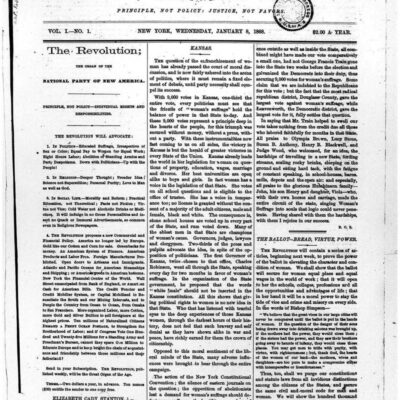
The Revolution Susan B Anthony Suffrage/Women’s Rights
$19.50 Add to Cart -
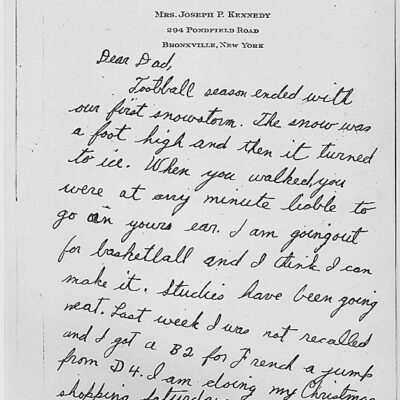
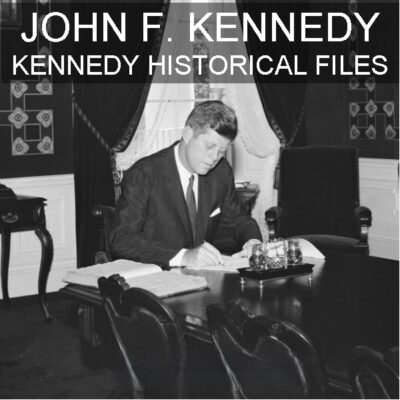
John F Kennedy – Jacqueline Kennedy Historical Files White House Files-FBI-Secret Service
$19.50 Add to Cart -
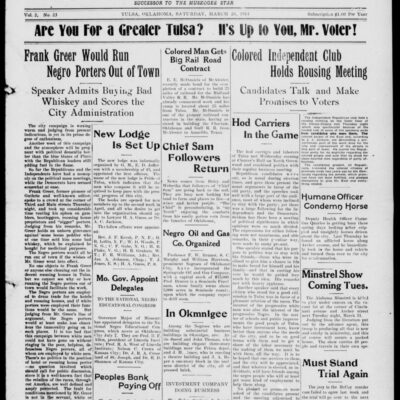
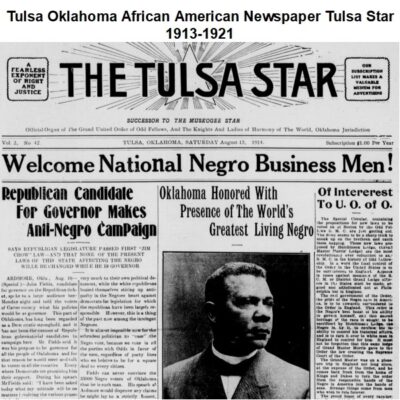
Tulsa Oklahoma African American Newspaper Tulsa Star 1913-1921
$9.90 Add to Cart -
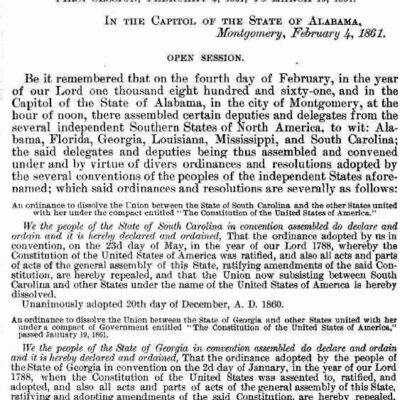
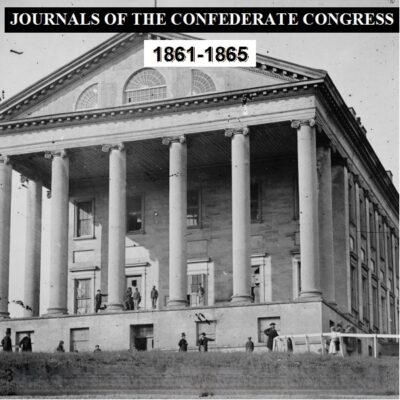
Journal of the Congress of the Confederate States of America 1861-1865
$19.50 Add to Cart